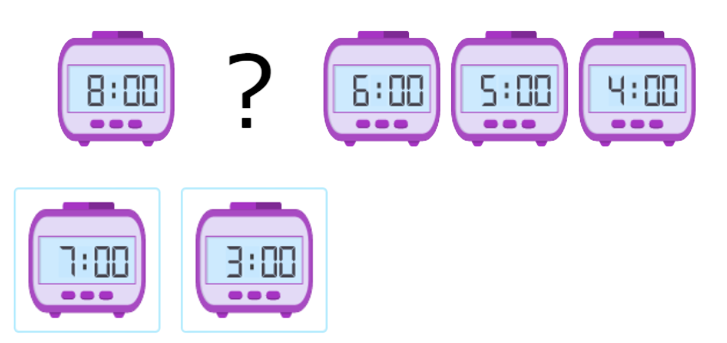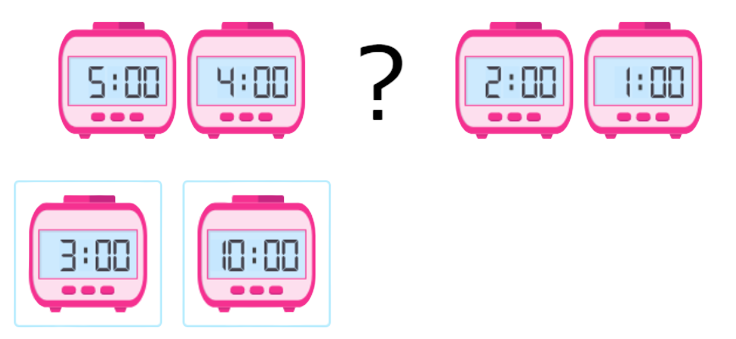Time patterns
Key Notes :
What Are Time Patterns?
- Time patterns show events that happen in a regular order.
- They help us understand what happens next or how often something happens.
Daily Time Patterns
Events that happen every day at about the same time.
Example:
- Wake up → Brush teeth → Eat breakfast → Go to school → Come home → Do homework → Sleep
Weekly Time Patterns
Events that happen on specific days of the week.
Example:
- Monday to Friday – School days
- Saturday – Sports day
- Sunday – Family day
Monthly Time Patterns
Some things happen once a month, like:
- Birthday celebrations
- School activities (e.g., tests or assemblies)
Seasonal Patterns
Events that happen during certain seasons.
Example:
- Winter – Wear warm clothes
- Summer – Go to the beach or have summer holidays
Clock Patterns
Time moves in repeating cycles on a clock:
- 60 seconds = 1 minute
- 60 minutes = 1 hour
- 24 hours = 1 day
Calendar Patterns
- Months repeat in a year: January to December
- 12 months = 1 year
- 7 days = 1 week
Using Time Words
- Use words like: before, after, morning, afternoon, evening, today, yesterday, tomorrow
Why Are Time Patterns Important?
- They help us plan, stay organized, and be on time.
Learn with an example
🗼 Which is the missing time?

- Look for a pattern. Each time is 1 hour earlier than the time before it. To complete the pattern, the missing time must be 1 hour earlier than 8:00. The missing time is 7:00.
🗼 Which is the missing time?

- Look for a pattern. Each time is 1 hour earlier than the time before it. To complete the pattern, the missing time must be 1 hour earlier than 4:00. The missing time is 3:00.
🗼 Fill in the missing time.
9:00, 10:00,_____ ,12:00, 1:00
- Look for a pattern. Each time is 1 hour later than the time before it. To complete the pattern, the missing time must be 1 hour later than 10:00. The missing time is 11:00.
Let’s practice!🖊️

